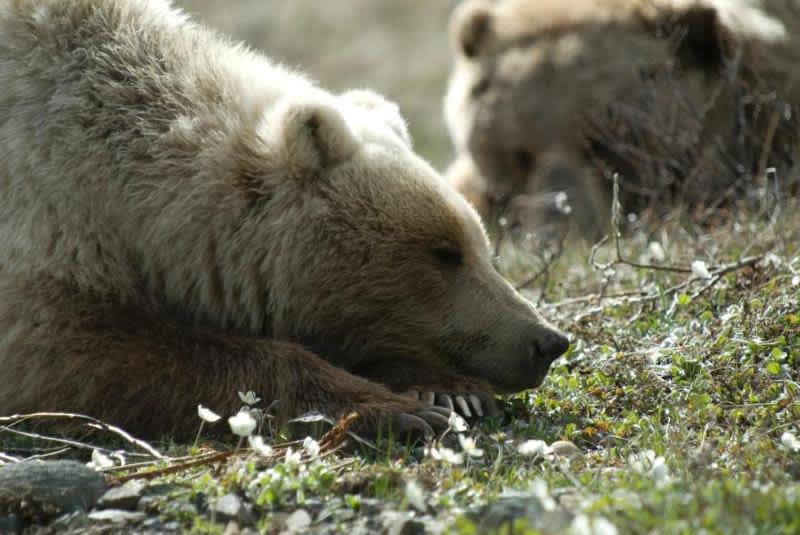Park Service Proposes Ban on Predator Hunting Methods in Alaska Preserves
OutdoorHub Reporters 09.11.14

The National Park Service (NPS) recently proposed a ban to three specific hunting methods in Alaska. NPS officials say that these practices, which include baiting for brown bears, hunting wolves and coyotes in early summer, and using lights to harvest black bear sows and cubs in their dens, were illegal under state law until relatively recently. If implemented, the new proposal would ban these hunting methods permanently at the federal level from the state’s 10 national preserves.
“These are not the Alaska hunting practices I learned growing up in Southeast Alaska, and they weren’t the sport-hunting practices that Congress anticipated some 35 years ago as it debated the Alaska National Interest Lands Conservation Act. Today, those practices are legal in much of Alaska,” NPS deputy regional director Joel Hard wrote in an editorial for the Alaska Dispatch.
Hard claimed that the Alaska Department of Fish and Game (DFG) increasingly liberalized predator hunting to reduce the population of bears, wolves, and coyotes, thereby increasing the number of moose and caribou across the state. The NPS has been sparring with the DFG and the Board of Game for years to ban these hunting practices in national preserves, and for at least the last four years, temporary federal restrictions halted the use of these methods. The new proposal seeks to make those restrictions permanent.
State wildlife officials have responded to the proposal, calling it ill-advised. Board of Game Commissioner Ted Spraker told KUAC that the liberal hunting regulations are due to a higher number of predators, which can sustain a larger harvest.
“Well, the purpose of the Alaska Department of Fish and Game is very clear,” Spraker said. “They’re mandated to maintain healthy populations and if they’re harvested, to harvest at some level that sustains the population. One of the things that’s always been said that’s true is ‘if they’re hunted they’re healthy.’”
Spraker added that debate is due in part to the NPS misunderstanding how the DFG handles wildlife management. That sentiment echoes the opinion of many hunters concerned over what they see as a federal agency intruding on state hunting regulations.
If implemented, the proposal will affect the following reserves: Denali, Wrangell-St. Elias, Glacier Bay, Yukon-Charley Rivers, Gates of the Arctic, Noatak, Bering Land Bridge, Lake Clark, Katmai, and Aniakchak. As a whole, the NPS opens roughly 38 percent of its land in Alaska, or 20 million acres, to hunters every year. The agency is seeking public comment for the proposal until December 3. If approved, the vast majority of hunting regulations on national preserves will still be set by the DFG.

